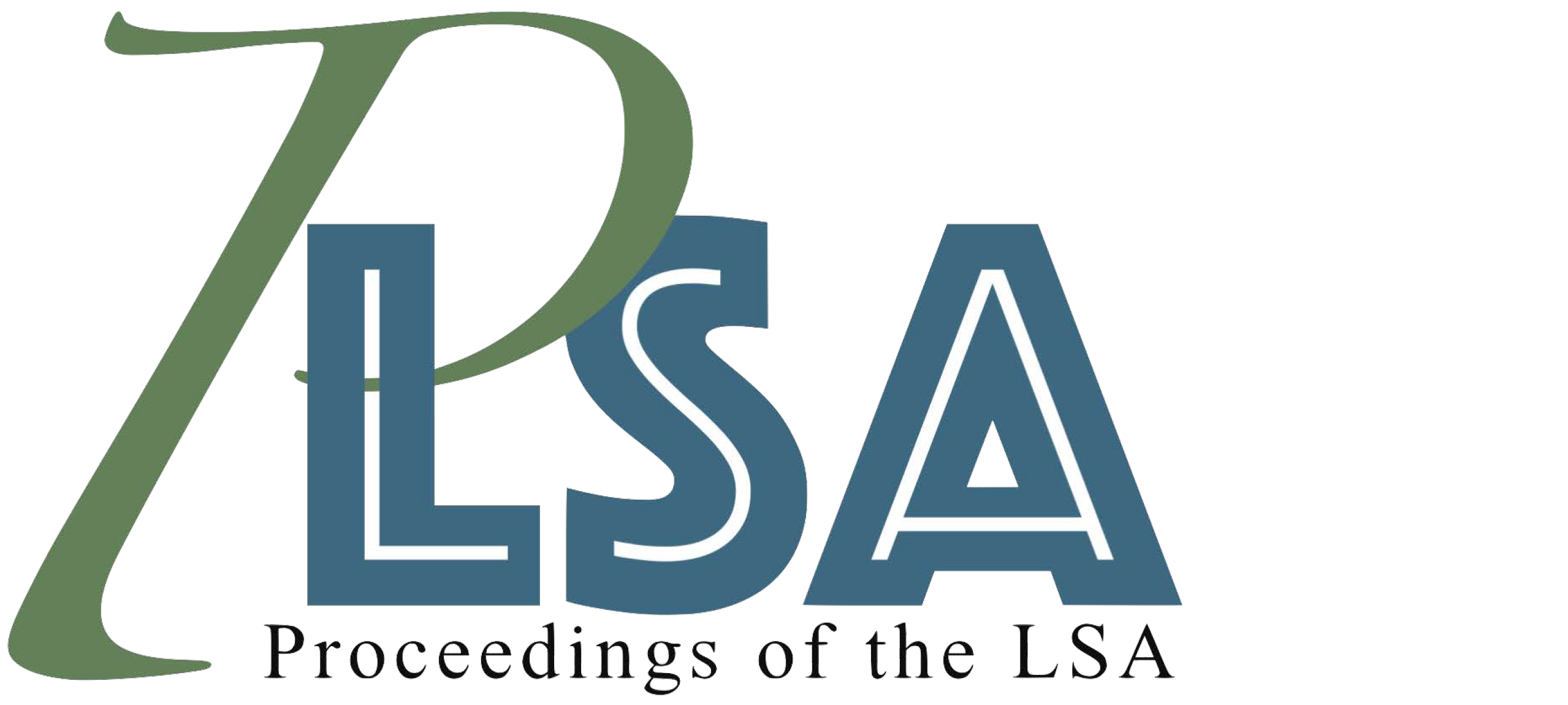Dynamic Field Theory unifies discrete and continuous aspects of linguistic representations
DOI:
https://doi.org/10.3765/plsa.v10i1.5934Keywords:
Dynamic Field Theory, dynamical systems, neurolinguistics, psycholinguistics, computational modelingAbstract
In recent years, a growing body of research has sought to explain linguistic phenomena in terms of the dynamics of neural activity, through the lens of Dynamic Field Theory (DFT: Schöner, Spencer & DFT Research Group 2016). DFT is a general framework for understanding perception, action, and cognition as resulting from activity in interconnected populations of neurons. DFT formalizes neural activity in the language of nonlinear dynamical systems. This expression allows apparently categorical behavior to emerge from an underlyingly continuous state space. In this paper, I provide a review of research investigating linguistic phenomena through the lens of DFT, with a particular emphasis on how this research unifies discrete and continuous aspects of linguistic representations, and in doing so, unifies disparate empirical findings and theoretical insights from various domains of linguistics.
Downloads
Published
Issue
Section
License
Copyright (c) 2025 Michael Stern

This work is licensed under a Creative Commons Attribution 4.0 International License.
Published by the LSA with permission of the author(s) under a CC BY 4.0 license.
